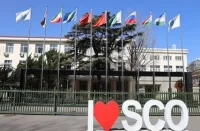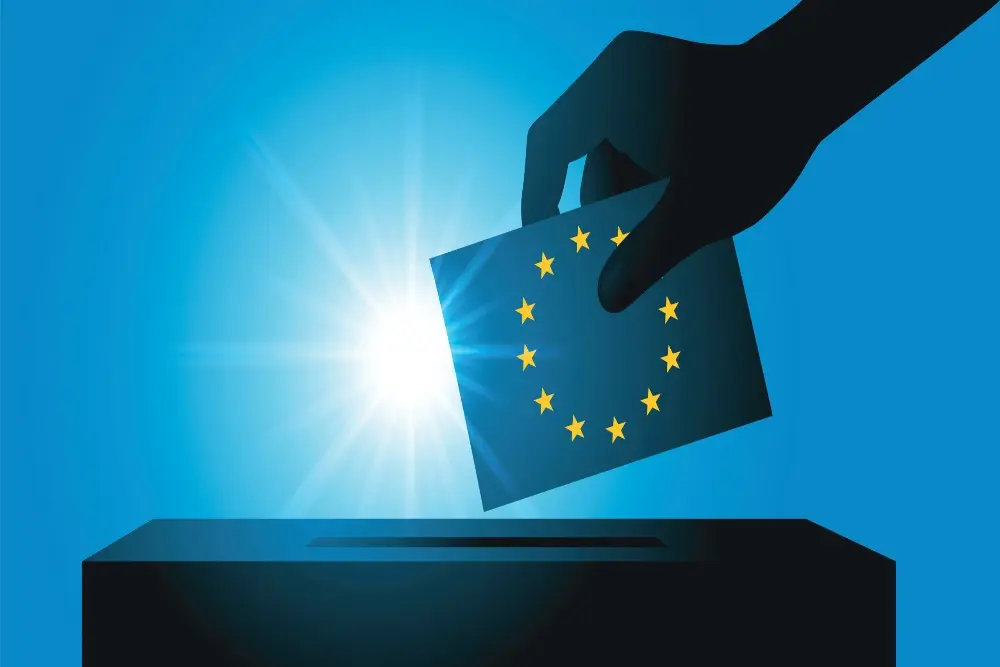The European people have spoken — at least half of them. “This election has given us two messages. First, there remains a majority in the centre for a strong Europe and that is crucial for stability. In other words, the centre is holding. But it is also true that extremes on the left and the right have gained support and this is why the result comes with great responsibility for the parties in the centre,” – said European Commission President Ursula von der Leyen after the June election.
Brussels is indeed happy to note the Euro-friendly parties of the establishment have won the majority of the seats. However, they seem to omit the obvious facts. 50% of the population did not vote at the election, roughly 15% voted for various political groups at the far-right end of the political spectrum, another 7-8% voted for far-left-leaning groups and the Greens.
It turns out that real support for the European political establishment, including such political groups as the European People’s Party (EPP), European Alliance of Socialists and Democrats (S&D) and Renew Europe barely touches 25%. Despite this, Ursula von der Leyen, Antonio Costa, and Kaja Kallas — all establishment candidates — have won nominations for the highest positions in the European bureaucracy without facing any difficulties. This raises an objective question: who voted for these people and why does a minority rule over the majority?
The truth is that turnout in European elections has always been very low. It was at its highest (62%) in 1979 when the first European election took place and it has been going down ever since, reaching its historic minimum (42.6%) following the 2014 election. 2019 was seen as a great success for the European integration project as the turnout rate bounced back to 50.7%, with the 2024 election replicating the same results. However, these jumps come at a huge price for Brussels, as they are largely fuelled by the rise of anti-establishment far-right political parties.
2019 was the first year that recorded a big increase in voting for alt-right candidates, as they together formed the Identity and Democracy (ID) political group and bolstered the European Conservatives and Reformists (ECR) alliance. Most of the people who do not vote at the European elections are primarily Eurosceptics, who do not believe in the integration project. They have long been disillusioned with Brussels’ grasp on power and oppose any kind of further integration in terms of politics, security, or economy.
2024 has become a year of anti-records for the European election. Voter turnout in Croatia reached 21% – a new low after Slovakia’s 22.7% in 2019. Establishment parties retained control in this coastal European country, but that does not mean that they enjoy popular support if only 21% of the population actually takes part in the election. Same figures are true for Lithuania who recorded 28% turnout, Bulgaria – 33%, Latvia – 34%, Slovakia – 34%, Portugal – 36%. This is a complete disaster, as the European Parliament is one of the most important institutions in the European bureaucracy – it decides on the budget, approves legislation proposed by the Commission and the Council along with the Council of Minister of the EU.
Such low turnout rates (only Belgium, Luxembourg, and Malta managed to surpass 65% turnout rate) mean that Europe is ruled by people who do not get elected by the majority of the population. Belgium needed to Most countries have minimum levels of turnout rates that have to be reached in order for the election to be considered a success. The European election can happen with a 20% turnout and it will still be valid.
The European democracy is in shambles and the establishment looks the other way, without noticing the obvious trends that destroy confidence in the European institutions. The rise of the so-called far-right is not a threat rather than a consequence of the political elites’ failure to bring tangible results to the European people.















Comments